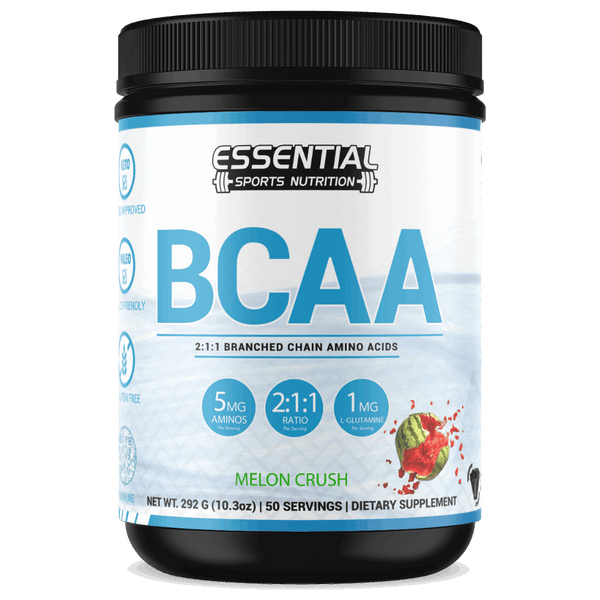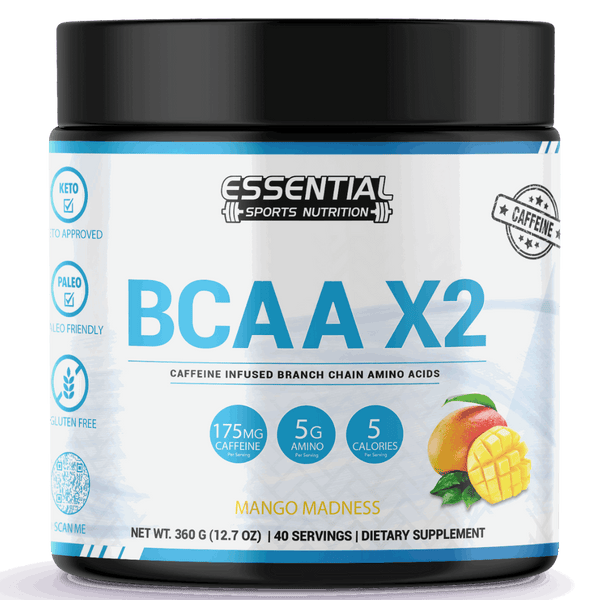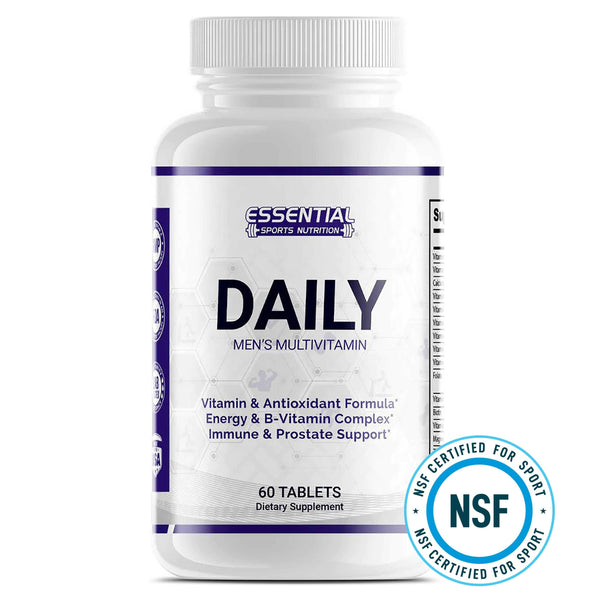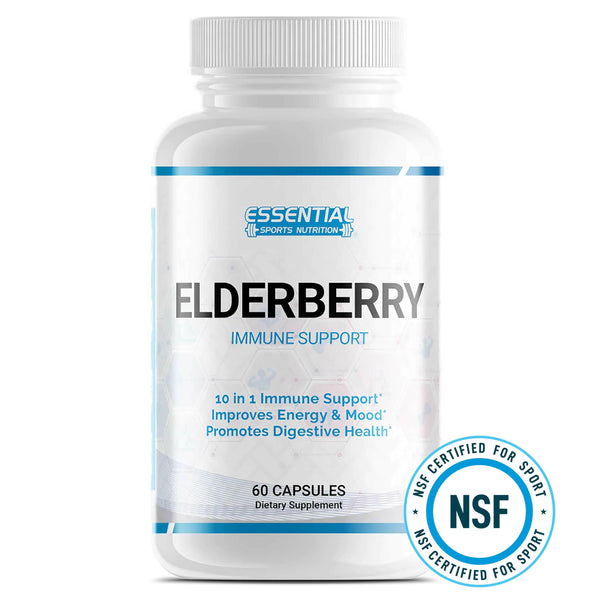Difference Between Swedish Massage Vs Sports Massage: Which One is Right?
Swedish and sports massages cater to different aspects of wellness and recovery. There are many massage uses; a Swedish massage is ideal if you're seeking relaxation and stress relief. It uses techniques like effleurage and petrissage to promote circulation and relaxation. In contrast, a sports massage targets specific muscle groups, employing deep tissue work and stretching to enhance recovery and performance. Whether you're an athlete needing targeted relief or simply looking to unwind and boost your immune system, choosing the right type of massage is vital. Understanding their unique techniques and benefits will guide you to the best option for your needs.

Key Takeaways
- Swedish massage focuses on relaxation and stress relief through gentle techniques like effleurage.
- Sports massage targets specific muscle groups for recovery and injury prevention with deep tissue work and stretching.
- Swedish massage benefits include enhanced relaxation, hormone balance, and improved immune function.
- Sports massage advantages include better recovery times, pain reduction, and improved athletic performance.
- Choosing between the two depends on individual needs: relaxation and general well-being (Swedish) vs. athletic recovery and performance enhancement (Sports).
Understanding Swedish Massage
Swedish massage, commonly sought after for its relaxation benefits, employs techniques such as effleurage, petrissage, vibration, and friction to enhance psychological well-being and physical health greatly. These methods are not just randomly selected; each has a specific purpose and effect on the body. Effleurage, involving long, sweeping strokes, helps to calm the nervous system and promote relaxation—Pettrissage, which includes kneading and rolling of the muscles, aids in releasing muscle tension and knots. Vibration and friction techniques stimulate the tissues, enhancing circulation and the removal of toxins from the body.
By directing strokes towards the heart, Swedish massage supports the lymphatic system and improves blood circulation. This is essential for delivering nutrients to tissues and organs, as well as for removing waste products. Improved circulation can lead to better oxygenation and nutrient supply to muscles, which supports faster recovery and healing.
Moreover, the stimulation of natural endorphins through these massage techniques plays a critical role in stress reduction. Endorphins are the body's natural painkillers and mood elevators, contributing to a feeling of well-being and enhanced mood. This biochemical response can also support immune system function, making you less susceptible to illness.
Benefits of a Swedish Massage

Having explored the techniques and mechanisms behind Swedish massage, it's vital to consider its concrete health benefits, which range from enhanced relaxation to improved physiological function. This form of massage goes beyond mere physical comfort, offering a myriad of advantages that highlight its therapeutic significance.
Here are three key benefits you'll experience from Swedish massage:
-
Promotion of Relaxation and Stress Reduction: Through its gentle strokes and movements, Swedish massage not only helps your body relax but also notably reduces stress levels. The stimulation of endorphin release enhances the calming effect, your body's natural feel-good chemicals, providing a sense of well-being and tranquility.
-
Balancing Hormone Levels: Research indicates a significant decrease in cortisol, the stress hormone, following a session. This hormonal balance is essential for maintaining a relaxed state and enhancing mood.
-
Improved Immune System and Enhanced Circulation: By focusing on your circulatory system, Swedish massage guarantees better blood flow and oxygenation to your body's tissues. Additionally, it supports your immune system, preparing your body to combat pathogens more effectively.
Incorporating Swedish massage into your wellness routine can lead to notable improvements in relaxation, stress reduction, and overall physiological health, thanks to its ability to regulate endorphins, lower cortisol levels, and enhance both immune function and circulation.
Exploring Sports Deep Tissue Massage

In contrast to Swedish massage, sports massage delivers targeted relief to specific muscle groups by employing deeper pressure and specialized techniques to enhance athletic performance and recovery. Unlike the more generalized approach of Swedish massage therapy, sports massage focuses on alleviating muscle tension, reducing recovery time, and improving flexibility through methods such as deep tissue massage and Myofascial Release.
| Technique | Purpose |
|---|---|
| Deep Tissue Work | Targets deep layers of muscle to break down adhesions and relieve tension. |
| Stretching | Improves range of motion and flexibility, essential for peak performance. |
| Myofascial Release | Relieves pain by easing pressure in the fascia, enhancing muscle function. |
| Pressure Points | Focuses on specific points to release muscle tension and promote healing. |
This type of massage therapy is not only beneficial for athletes but also for individuals experiencing stress-related muscle tightness. By working deeper into the tissues, sports massage aids in faster healing and prevention of injuries, making it an essential part of any active person's recovery routine. Whether you're a professional athlete or someone who enjoys a weekend jog, incorporating sports massage into your regimen can significantly improve your physical well-being and athletic capabilities.
Sports Massage Technique Advantages

By focusing on specific muscle groups, sports massage offers targeted relief that can significantly enhance an athlete's recovery process and performance. This specialized approach helps to reduce muscle tightness and break down adhesions, leading to a multitude of benefits that are particularly appealing to athletes and individuals experiencing stress-related muscle tension. Here are three key advantages of incorporating sports massage therapy into your routine:
- Enhanced Recovery and Reduced Pain: The deeper pressure applied during a sports massage works into the tissues to relieve muscle tension and improve range of motion. This can lead to faster healing and less discomfort after physical activity.
- Preventing Injuries: By targeting areas that are prone to injury, sports massage plays an important role in preventing injuries. It promotes muscle repair and strengthens tissues, making them more resilient to stress and strain.
- Improved Performance: The reduction of muscle tightness and the breaking down of adhesions contribute to greater flexibility and efficiency of movement. This not only aids in preventing injuries but also enhances overall athletic performance by allowing the body to move more freely and with greater power.
Incorporating sports massage into your recovery and training regimen can have a significant impact on your athletic performance and well-being by addressing muscle tension, fostering faster healing, and preventing injuries.
Choosing Between Swedish and Sports and Which One Is Right For You
Deciding between different types of massage like a Swedish and a sports massage depends on your specific health goals and physical needs. Understanding the differences between Swedish and sports massages is important in making an informed choice. Swedish massages are ideal if you're seeking general relaxation and stress relief. This type of massage can also promote emotional well-being and improves circulation through gentle techniques that facilitate body relaxation. On the other hand, sports massages target specific muscle groups and are designed to improve mobility. They focus on relieving muscle tension and aiding in recovery, making them suitable for athletes or those with active lifestyles.
When choosing between these types of massage, consider the main benefits of each and the techniques used. If your primary aim is to unwind and alleviate stress, a Swedish massage might be the best fit. However, if you're dealing with tight muscles or you're in recovery from a sports-related injury, a sports massage can provide the targeted relief you need.
Ultimately, your choice should align with your individual needs and desired outcomes. Whether it's body relaxation or muscle recovery, selecting the correct type of massage can significantly enhance your well-being.
Preparing for Your Massage Session

To guarantee you reap the maximum benefits from your massage session, it's crucial to come prepared, focusing on attire, hydration, and communication with your therapist. Whether you're leaning towards Swedish massages for relaxation or a Sports Massage to reduce muscle tension, the preparation can greatly impact your experience. Here are a few steps to make sure you're well-prepared:
- Dress Appropriately: Wear comfortable clothing that can easily be removed. This facilitates ease of access to various areas of the body and ensures you're relaxed even before the session begins.
- Stay Hydrated: Arrive well-hydrated. Hydration is key to help flush out toxins released during your massage, enhancing the detoxifying effect of your professional massage.
- Communicate Effectively: Before your session starts, take the time to communicate any specific areas of concern or focus to your massage therapist. This guarantees the session is tailored to your needs, whether it's to alleviate stress with a Swedish massage or address sports-related muscle concerns.
Conclusion

Selecting between a Swedish and sports massage is like choosing between a gentle breeze and a brisk wind—both invigorating but serving different purposes. Swedish massage offers a calming escape, enhancing relaxation and circulation, while sports massage targets muscle recovery and flexibility, which are crucial for athletes or physically active individuals. Before your session, make sure you're well-hydrated and communicate any specific concerns to your therapist. Ultimately, both massages possess unique benefits, tailoring to your body's needs and goals for maximum well-being.
Differences Between Swedish and Sports Massage FAQs
Q: What is the difference between Swedish and deep tissue massage?
A: Swedish massage focuses on relaxation and uses lighter pressure, while deep tissue massage targets deeper layers of muscle tissue to address muscle tension.
Q: Can massages help with scar tissue?
A: Massages can help with scar tissue by breaking up adhesions and promoting blood flow and tissue remodeling, potentially reducing pain and improving flexibility.
Q: What are the benefits of sports massage?
A: Sports massage can help improve athletic performance, reduce muscle soreness, prevent injuries, and promote faster recovery after intense physical activity.
Q: How is a Swedish massage different from a spa massage?
A: While Swedish massage refers to a specific set of massage techniques, a spa massage is a term often used to describe any massage service offered at a spa, which could include Swedish, deep tissue, or other types of massage.
Q: Can deep tissue massage help with muscle tension?
A: Yes, deep tissue massage targets chronic muscle tension by focusing on deeper layers of muscle tissue and connective tissue to release knots and improve mobility.
Q: What is the main difference between a Swedish massage and a deep tissue massage?
A: The main difference lies in the level of pressure and the focus of the massage technique. Swedish massage is gentler and more focused on relaxation, while deep tissue massage is more intense and targets specific muscle issues.
Q: How does massage help with relaxation?
A: Massage can help relax both the body and mind by reducing muscle tension, promoting circulation, and releasing feel-good hormones like endorphins, leading to a sense of calm and relaxation.
Q: What are the differences between a Swedish massage and a sports massage?
A: While Swedish massage is geared towards relaxation and overall well-being, sports massage is specifically tailored to address issues related to sports injuries, muscle fatigue, and athletic performance enhancement.
Q: Is Swedish or Sports Massage Better?
A: Deciding on the better option depends on your specific needs. If you're seeking relaxation and stress relief, go for a Swedish massage. For muscle recovery and targeting specific areas, sports massage is your best bet.
Q: What Is the Most Pleasurable Type of Massage?
A: The most pleasurable type of massage depends on your personal preference. If you're seeking relaxation, gentle strokes may appeal more, while for muscle recovery, deeper pressure might be your choice. It's all about what feels best for you.
Q: Is Swedish Massage Better Than Deep Muscle Massage?
A: Whether Swedish massage is better than deep muscle massage depends on your specific needs. If you're seeking overall relaxation, Swedish is ideal. For targeted pain relief, deep muscle massage is more effective.
Q: What Is Swedish Massage Best For?
A: Swedish massage is best for promoting relaxation, reducing stress, and enhancing your emotional well-being. It focuses on improving circulation with gentle strokes and is great for easing muscle tension and boosting endorphin levels.























